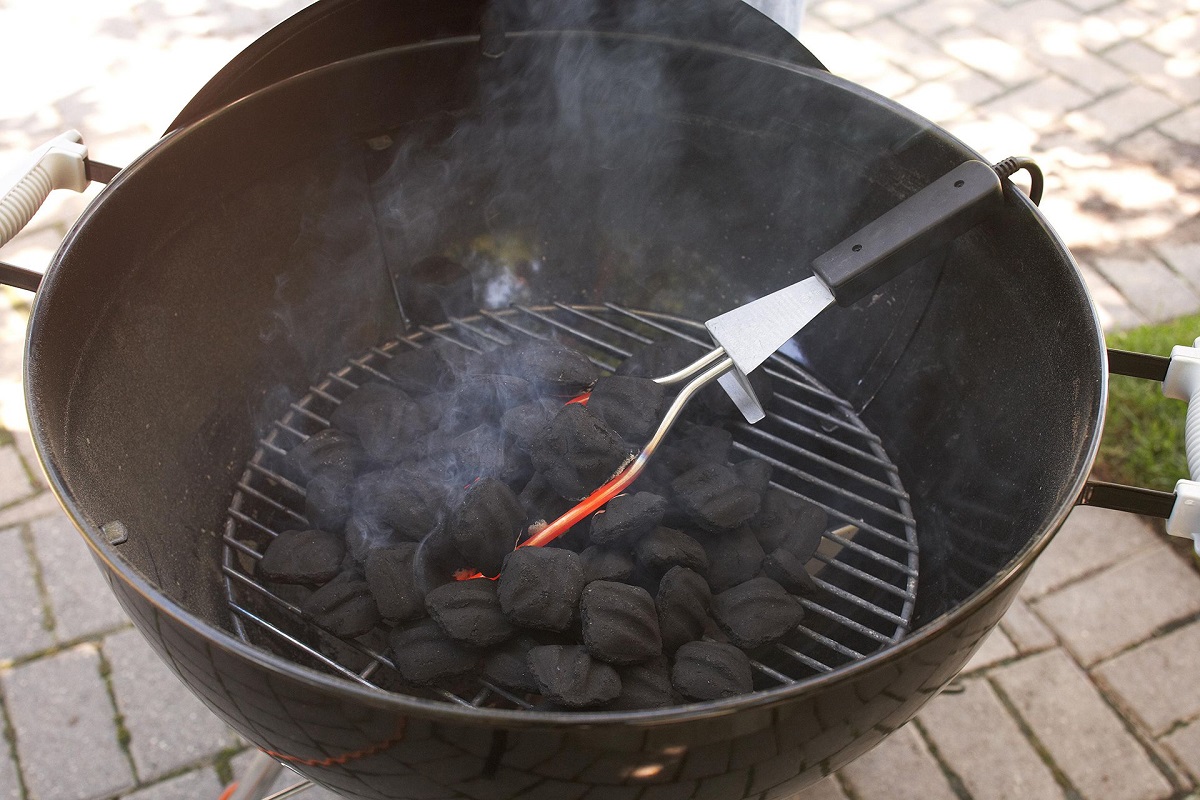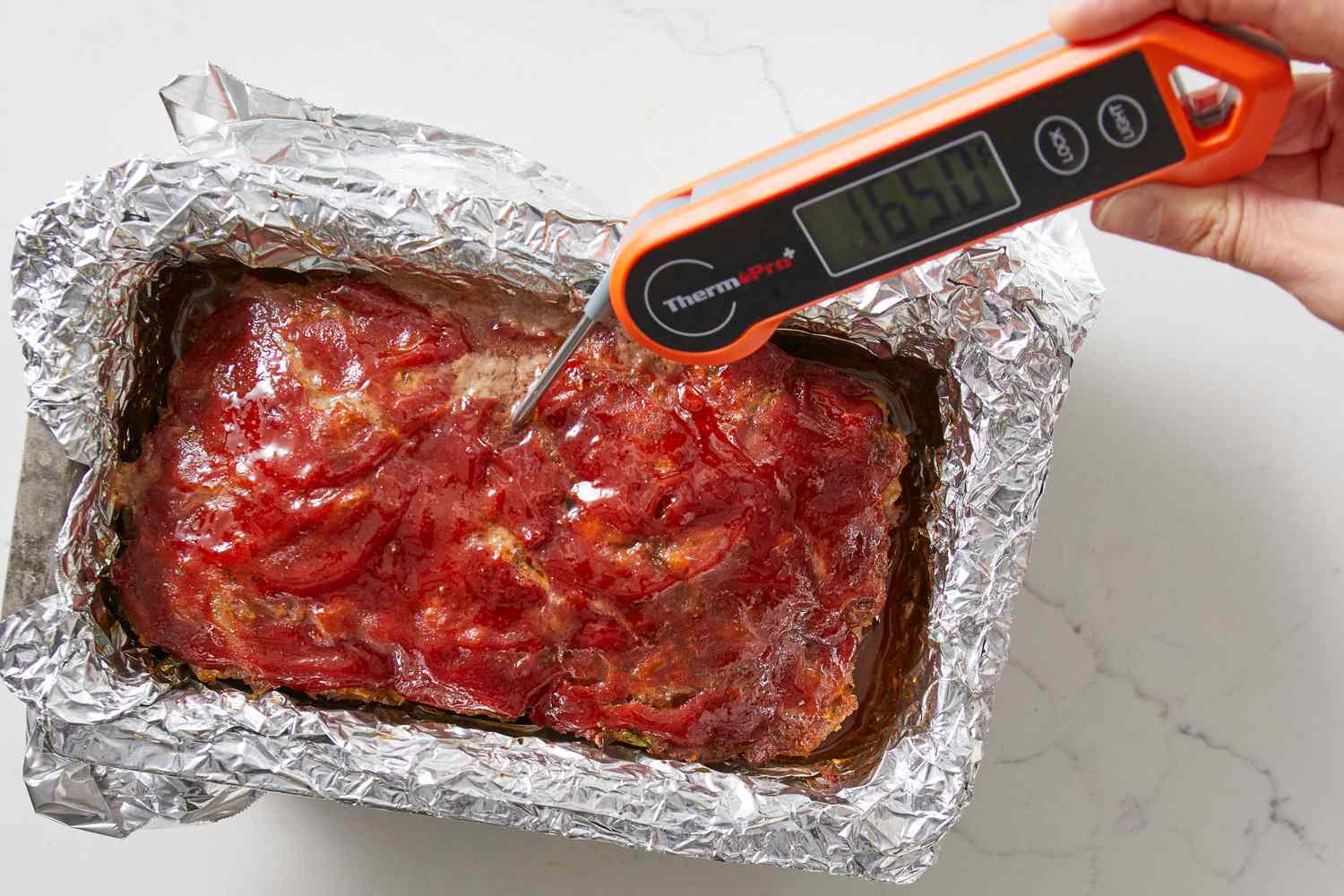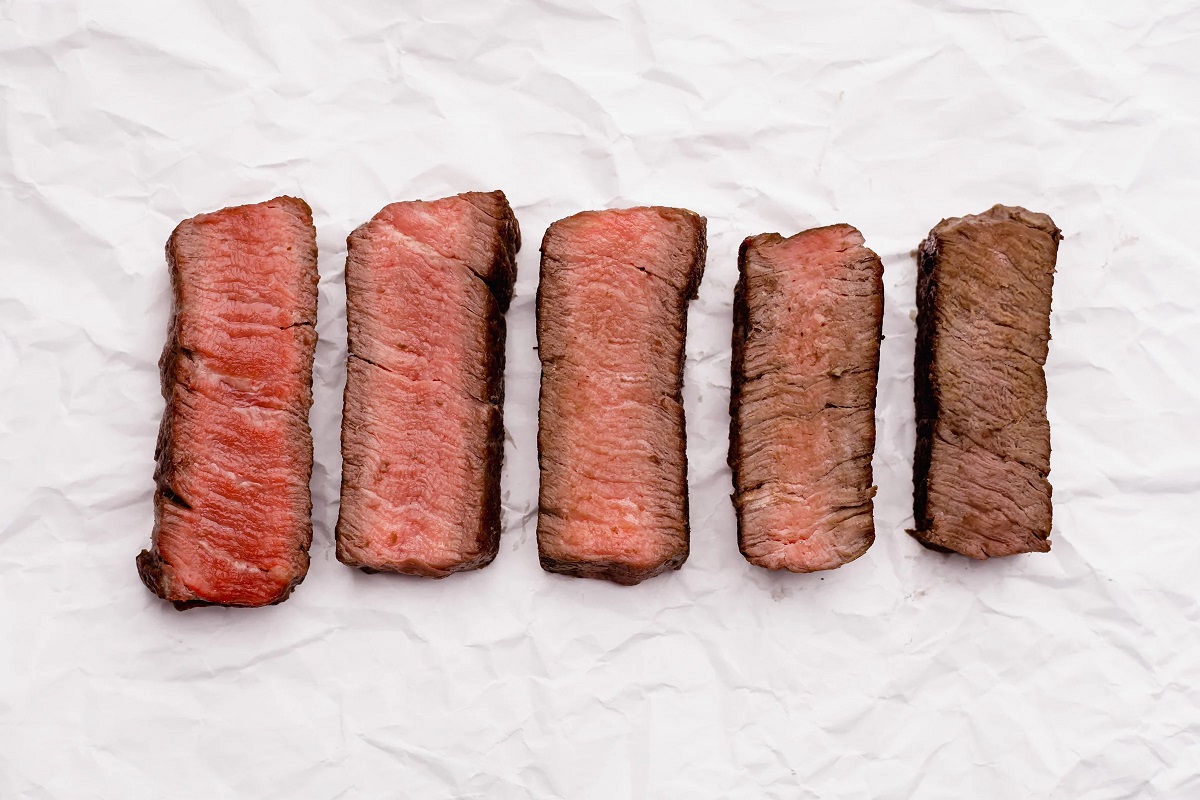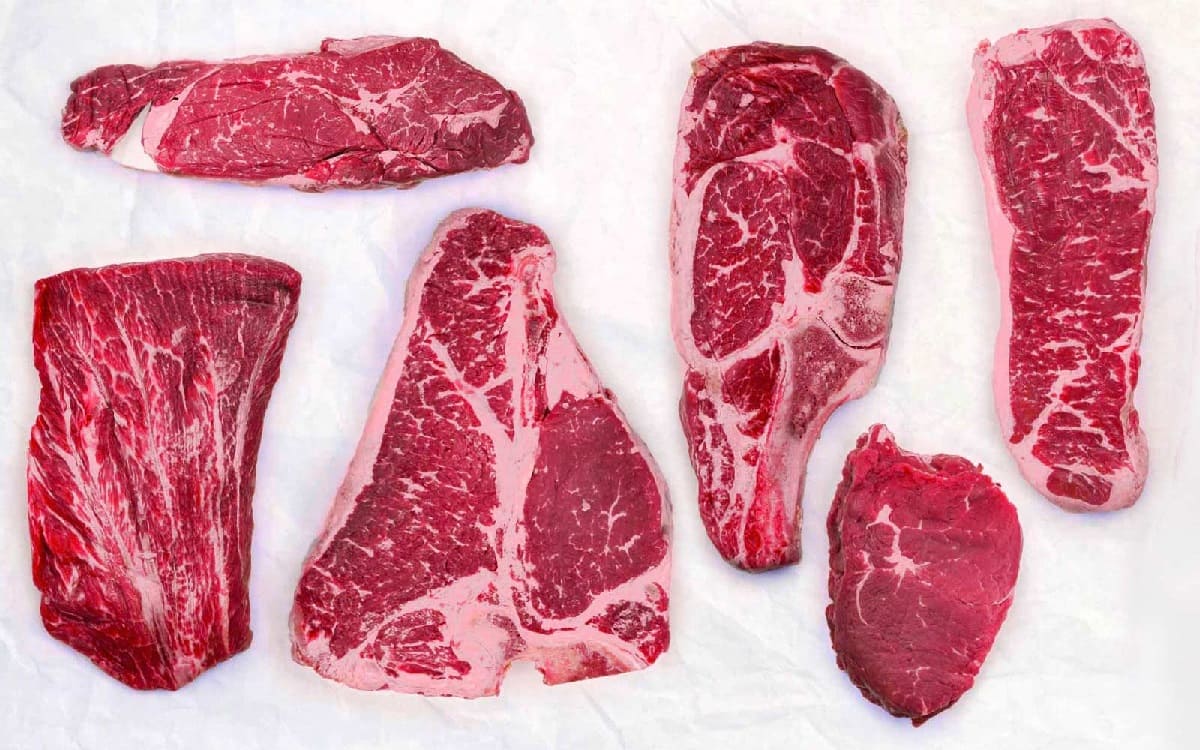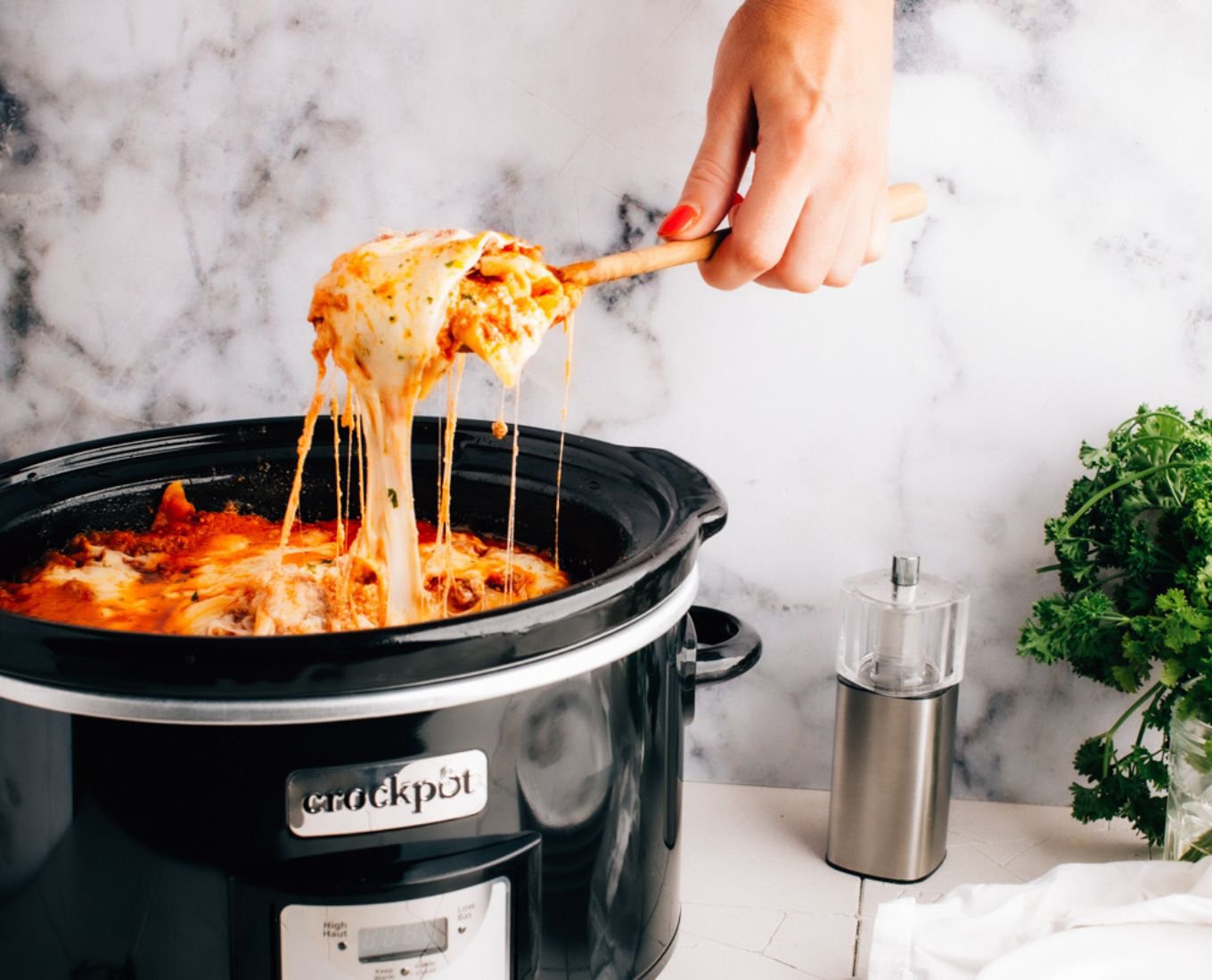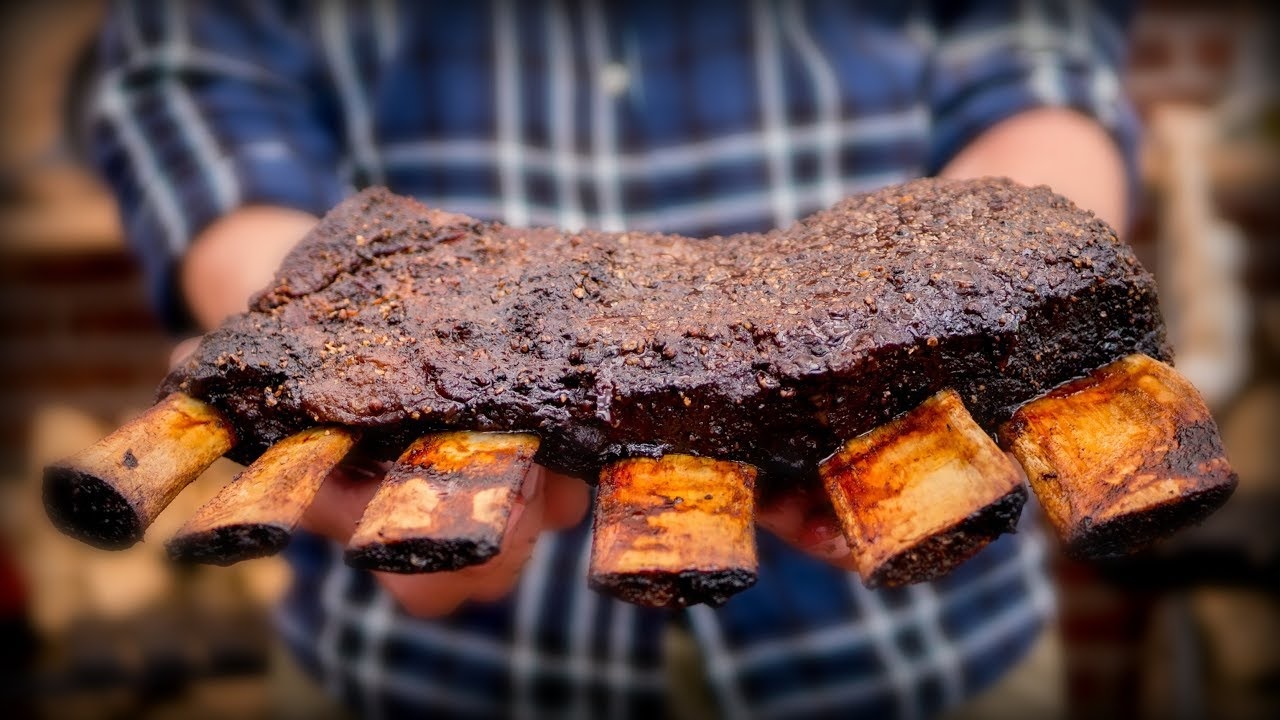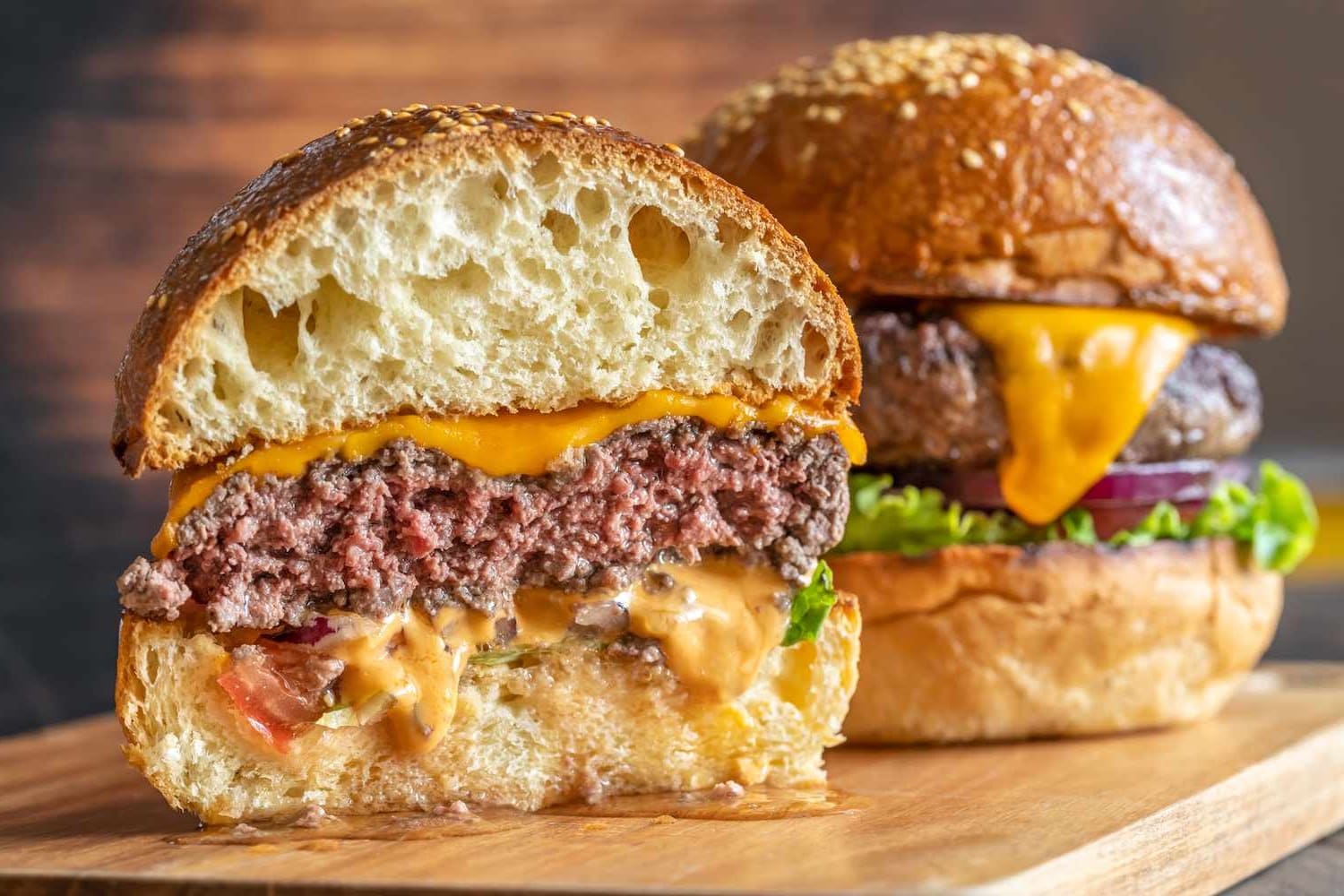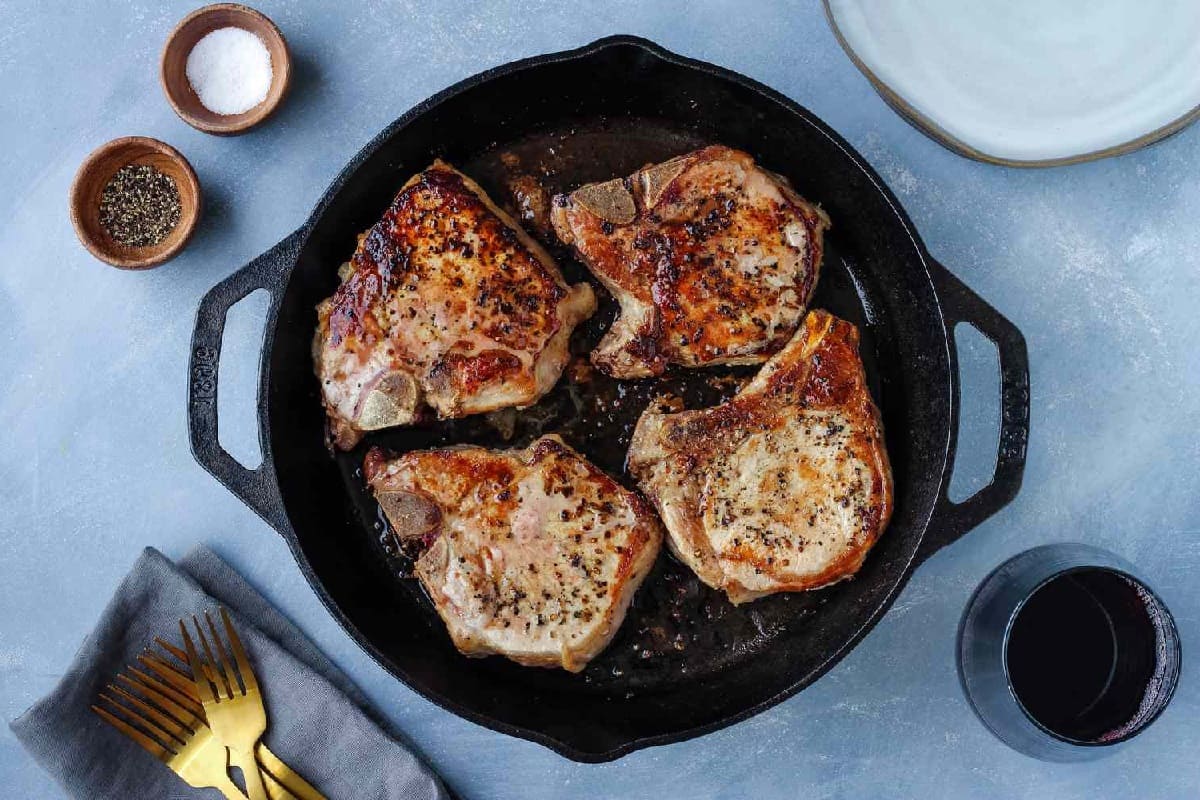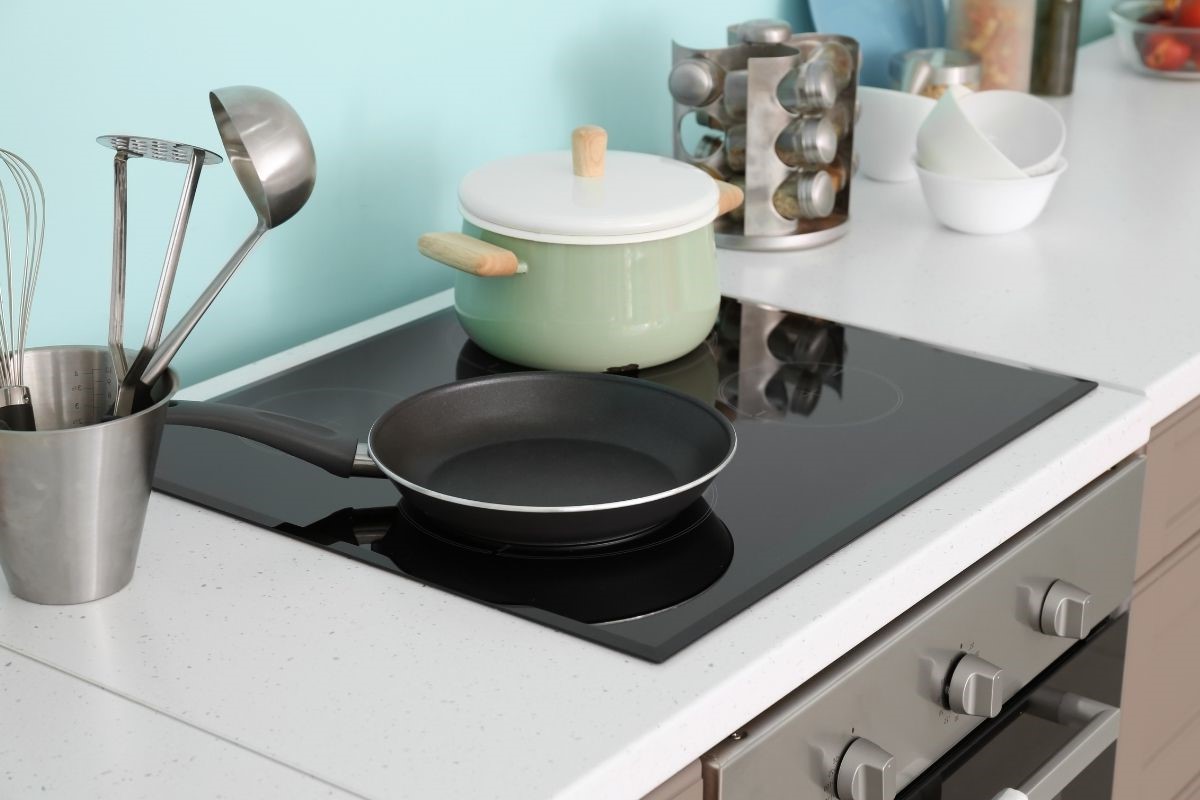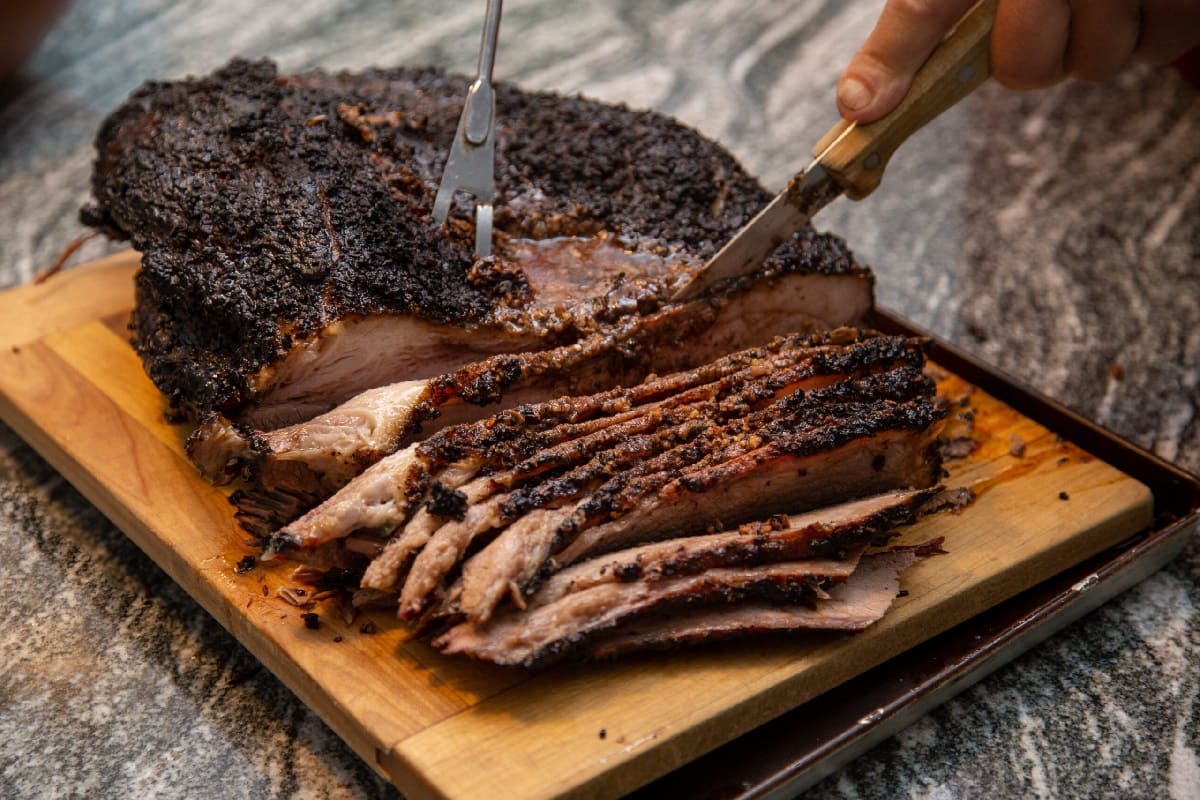Home>Culinary & Beverages>Optimal Meat Temperature: A Guide To Cooking Meat To Perfection
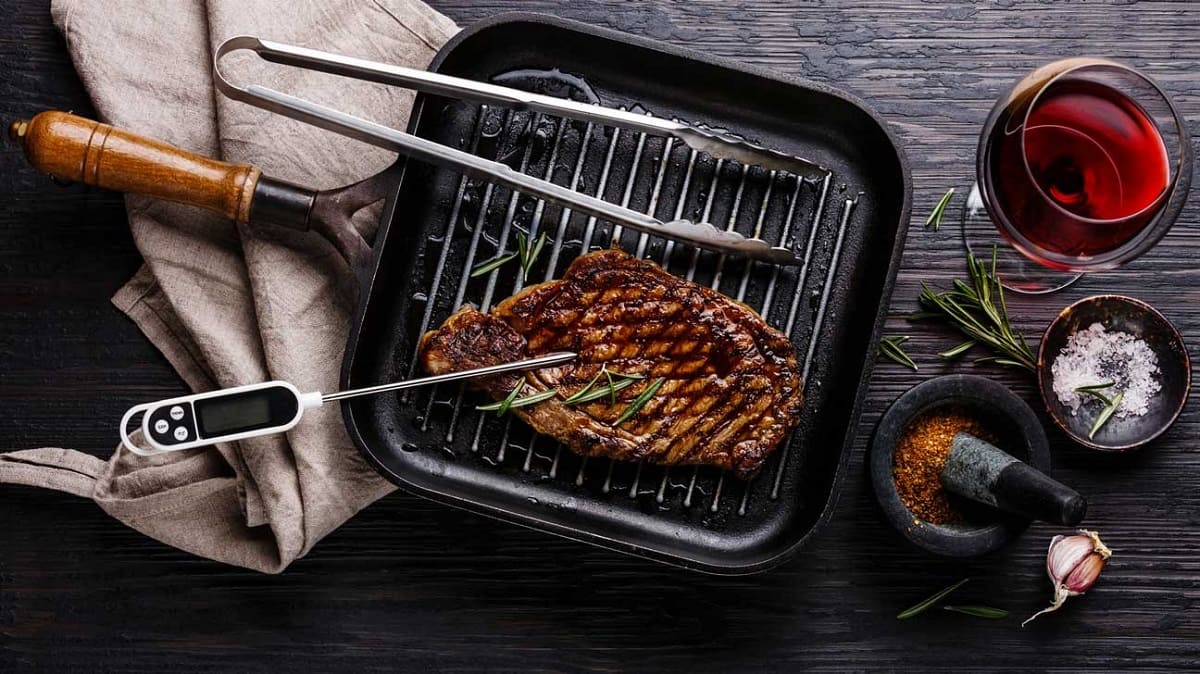

Culinary & Beverages
Optimal Meat Temperature: A Guide To Cooking Meat To Perfection
Published: February 22, 2024
Learn the optimal meat temperatures for perfect cooking results. A comprehensive guide for culinary enthusiasts and beverage aficionados.
(Many of the links in this article redirect to a specific reviewed product. Your purchase of these products through affiliate links helps to generate commission for Temperatures.com, at no extra cost. Learn more)
Table of Contents
- Understanding the Importance of Meat Temperature
- Factors Affecting Meat Temperature
- Recommended Meat Temperatures for Different Types of Meat
- Tips for Achieving the Optimal Meat Temperature
- Using a Meat Thermometer for Accurate Results
- Common Mistakes to Avoid When Cooking Meat
- Adjusting Meat Temperature for Personal Preferences
Understanding the Importance of Meat Temperature
The temperature at which meat is cooked plays a crucial role in determining its flavor, texture, and overall palatability. Understanding the importance of meat temperature is essential for achieving culinary perfection and ensuring food safety.
When meat is cooked to the optimal temperature, it not only enhances its taste but also ensures that harmful bacteria are eliminated. Different types of meat require specific internal temperatures to reach the desired level of doneness. For instance, poultry such as chicken and turkey must be cooked to a higher temperature to ensure that any potential bacteria, such as salmonella, are effectively destroyed. On the other hand, beef, lamb, and pork can be cooked to a lower internal temperature, allowing them to retain their juiciness and tenderness.
Moreover, the optimal meat temperature directly impacts the texture of the meat. Cooking meat to the recommended temperature allows the proteins to denature and the connective tissues to break down, resulting in a tender and succulent final product. Overcooking meat can lead to a dry and tough consistency, while undercooking poses the risk of serving raw or unsafe meat.
By understanding the importance of meat temperature, chefs and home cooks can elevate their culinary skills and create dishes that are not only delicious but also safe to consume. Whether grilling, roasting, or pan-searing, mastering the art of achieving the perfect meat temperature is a fundamental aspect of cooking that can significantly enhance the dining experience.
Factors Affecting Meat Temperature
The process of cooking meat to the optimal temperature is influenced by several key factors, each of which plays a significant role in determining the final outcome of the dish. Understanding these factors is essential for achieving culinary excellence and ensuring that meat is cooked to perfection.
-
Meat Thickness: The thickness of the meat directly impacts the time required for it to reach the desired internal temperature. Thicker cuts of meat will take longer to cook evenly, while thinner cuts will require less time. It is important to consider the thickness of the meat when determining the cooking time and temperature to avoid undercooking or overcooking.
-
Initial Meat Temperature: The starting temperature of the meat before cooking can affect the overall cooking time and the degree of doneness. For instance, meat that is taken directly from the refrigerator will require a longer cooking time to reach the recommended internal temperature compared to meat that has been brought to room temperature before cooking.
-
Cooking Method: The method of cooking, whether grilling, roasting, pan-searing, or braising, can impact the rate at which the meat reaches the desired temperature. Each cooking method has its own set of optimal temperature and time requirements, and understanding these nuances is crucial for achieving the desired results.
-
Heat Source: The type and intensity of the heat source used for cooking, such as a gas grill, charcoal grill, oven, or stovetop, can influence the cooking time and the distribution of heat throughout the meat. It is important to consider the characteristics of the heat source when determining the optimal cooking temperature for different types of meat.
-
Resting Period: After the meat is removed from the heat source, it continues to cook as residual heat redistributes within the meat. Allowing the meat to rest for a few minutes before serving is essential for ensuring that it reaches the ideal level of doneness and retains its juices.
By taking these factors into account, chefs and home cooks can effectively manage the cooking process and ensure that meat is cooked to the optimal temperature, resulting in dishes that are both safe and delectable. Understanding the interplay of these factors is fundamental to mastering the art of cooking meat to perfection.
Recommended Meat Temperatures for Different Types of Meat
When it comes to cooking various types of meat, achieving the optimal internal temperature is crucial for both safety and flavor. Different types of meat require specific internal temperatures to ensure that they are safe to consume while also delivering the desired level of doneness. Here are the recommended meat temperatures for different types of meat:
Beef:
- Medium-Rare: 130-135°F (54-57°C)
- Medium: 140-145°F (60-63°C)
- Well-Done: 160°F (71°C) and above
Pork:
- Medium: 140-145°F (60-63°C)
- Well-Done: 160°F (71°C)
Poultry (Chicken and Turkey):
- White Meat: 160°F (71°C)
- Dark Meat: 165°F (74°C)
Ground Meats (Beef, Pork, Lamb, and Veal):
- Medium: 160°F (71°C)
- Well-Done: 165°F (74°C)
Lamb:
- Medium-Rare: 130-135°F (54-57°C)
- Medium: 140-145°F (60-63°C)
- Well-Done: 160°F (71°C) and above
Fish:
- Medium: 145°F (63°C)
It's important to note that these temperatures are recommended by the USDA and other food safety organizations to ensure that meat is safe for consumption. However, personal preferences for the level of doneness may vary. For instance, some individuals may prefer their steak to be cooked to a medium-rare temperature of 130-135°F (54-57°C) for a tender and juicy texture, while others may opt for a well-done temperature of 160°F (71°C) for a firmer consistency.
By following these recommended meat temperatures and considering personal preferences, chefs and home cooks can prepare a wide range of meat dishes that are not only safe to eat but also tailored to individual tastes. Understanding the recommended temperatures for different types of meat is essential for mastering the art of cooking and ensuring that each dish is prepared to perfection.
Read more: Guide To Safe Meat Cooking Temperatures
Tips for Achieving the Optimal Meat Temperature
-
Use a Meat Thermometer: Investing in a reliable meat thermometer is the first step towards consistently achieving the perfect meat temperature. A digital meat thermometer provides accurate readings and eliminates the guesswork associated with determining doneness based on visual cues alone. Insert the thermometer into the thickest part of the meat, away from bones and fat, to obtain the most precise reading.
-
Avoid Guesswork: Relying on visual cues, such as the color of the meat or the amount of juices released, can be misleading and result in inconsistent outcomes. Using a meat thermometer removes the uncertainty and ensures that meat is cooked to the recommended temperature, guaranteeing both safety and optimal flavor.
-
Consider Carryover Cooking: Understanding the concept of carryover cooking is essential for achieving the perfect meat temperature. Carryover cooking refers to the continued rise in internal temperature after the meat is removed from the heat source. To account for this, it is advisable to remove the meat from the heat when it is a few degrees below the desired final temperature. This allows for the residual heat to complete the cooking process, resulting in meat that is precisely cooked to the desired level of doneness.
-
Rest the Meat: Allowing the meat to rest after cooking is a crucial step in achieving the optimal temperature. During the resting period, the internal juices redistribute, resulting in a more evenly cooked and flavorful end product. Resting also allows the meat to reach its final internal temperature, ensuring that it is cooked to perfection before being served.
-
Practice Patience: Rushing the cooking process can lead to inconsistent results and may result in meat that is undercooked or overcooked. Patience is key when aiming for the optimal meat temperature. It is important to follow the recommended cooking times and temperatures, allowing the meat to cook evenly and reach the desired level of doneness.
-
Account for Different Cuts: Different cuts of meat may require varying cooking times and temperatures to achieve the optimal result. Thicker cuts will take longer to cook, while thinner cuts will require less time. Understanding the characteristics of each cut and adjusting the cooking process accordingly is essential for consistently achieving the perfect meat temperature.
By implementing these tips, chefs and home cooks can elevate their culinary skills and ensure that every meat dish they prepare is cooked to perfection. Achieving the optimal meat temperature is not only essential for food safety but also for delivering a dining experience that is both enjoyable and memorable.
Using a Meat Thermometer for Accurate Results
A meat thermometer is an indispensable tool for achieving precise and consistent results when cooking meat. Its ability to provide accurate internal temperature readings ensures that meat is cooked to the recommended level of doneness, guaranteeing both safety and optimal flavor. Here's a closer look at how to effectively use a meat thermometer for accurate results.
Selecting the Right Thermometer
When it comes to meat thermometers, there are various types available, each with its own set of features and benefits. Digital instant-read thermometers are popular for their quick and accurate readings, making them ideal for checking the internal temperature of meat at different stages of the cooking process. Oven-safe meat thermometers, on the other hand, can be inserted into the meat before it goes into the oven and remain in place throughout the cooking duration, allowing for continuous temperature monitoring without the need to open the oven door.
Proper Placement
To obtain the most accurate reading, it is crucial to insert the meat thermometer into the thickest part of the meat, away from any bones or fat. This ensures that the temperature is measured in the densest part of the meat, providing a reliable indication of its doneness. For poultry, the thermometer should be inserted into the inner thigh area, avoiding contact with bones. When using an oven-safe thermometer, it should be placed in the meat at the beginning of the cooking process, and the oven door should be opened as little as possible to prevent heat loss.
Reading the Temperature
Once the thermometer is inserted, it should be left in place for a few seconds to allow the temperature to stabilize and provide an accurate reading. For digital instant-read thermometers, the display will indicate the internal temperature of the meat, allowing for quick and easy monitoring. Oven-safe thermometers typically have a dial or digital display located outside the oven, enabling users to check the temperature without disrupting the cooking process.
Regular Monitoring
When cooking larger cuts of meat or whole poultry, it is advisable to monitor the internal temperature at regular intervals to ensure that it reaches the recommended level of doneness. This may involve checking the temperature in multiple locations to account for variations in thickness and density. By monitoring the temperature throughout the cooking process, it becomes possible to make any necessary adjustments to achieve the desired result.
Cleaning and Maintenance
Proper cleaning and maintenance of the meat thermometer are essential for ensuring its accuracy and longevity. After each use, the thermometer should be thoroughly cleaned and sanitized according to the manufacturer's instructions. Regular calibration checks, if applicable, can help maintain its accuracy over time, providing reliable temperature readings for future use.
By utilizing a meat thermometer effectively, chefs and home cooks can take the guesswork out of determining the doneness of meat, resulting in consistently delicious and safe dishes. The precision and reliability offered by a meat thermometer make it an invaluable tool for achieving optimal meat temperatures and elevating the overall dining experience.
Common Mistakes to Avoid When Cooking Meat
-
Skipping the Meat Thermometer: One of the most common mistakes when cooking meat is relying solely on visual cues to determine doneness. Without using a meat thermometer, it's challenging to accurately gauge the internal temperature of the meat, leading to inconsistent results and potential food safety risks.
-
Overcooking: Overcooking meat not only compromises its flavor and texture but also poses health risks. Cooking meat beyond the recommended temperature can result in dry, tough, and unpalatable dishes. Using a meat thermometer to achieve the precise level of doneness is crucial for avoiding this mistake.
-
Undercooking: On the flip side, undercooking meat can be equally detrimental. Failing to reach the recommended internal temperature can leave harmful bacteria present in the meat, posing a significant health hazard. It's essential to cook meat thoroughly to ensure food safety.
-
Not Allowing Meat to Rest: Neglecting to let meat rest after cooking is a common oversight. Resting allows the juices to redistribute, resulting in a more flavorful and tender end product. Rushing this crucial step can lead to a loss of moisture and less succulent meat.
-
Ignoring Carryover Cooking: Many cooks overlook the concept of carryover cooking, which refers to the continued rise in internal temperature after the meat is removed from the heat source. Failing to account for this can lead to overcooking, especially with larger cuts of meat.
-
Inconsistent Thickness: Cooking meats of varying thicknesses without adjusting the cooking time can lead to uneven doneness. Thicker cuts require more time to cook through, while thinner cuts may reach the desired temperature more quickly. Adapting the cooking time based on the thickness of the meat is essential for achieving uniform results.
-
Not Factoring in Initial Meat Temperature: Starting with meat that is too cold or too warm can impact the cooking process. Cold meat straight from the refrigerator will take longer to cook, while meat at room temperature will cook more evenly. Allowing the meat to reach an optimal starting temperature before cooking is crucial.
-
Improper Heat Source Management: Failing to manage the heat source effectively can result in uneven cooking. Whether grilling, roasting, or pan-searing, understanding and controlling the heat source is essential for achieving the desired level of doneness throughout the meat.
By being mindful of these common mistakes and taking proactive measures to avoid them, chefs and home cooks can elevate their culinary skills and consistently produce delectable, safe, and perfectly cooked meat dishes.
Read more: Optimal Temperature For A Medium Rare Steak
Adjusting Meat Temperature for Personal Preferences
When it comes to cooking meat, personal preferences for the level of doneness play a significant role in determining the ultimate dining experience. While recommended meat temperatures ensure safety, individuals often have distinct preferences regarding the texture, juiciness, and flavor of their meat. Understanding how to adjust meat temperature to cater to these preferences is essential for chefs and home cooks seeking to create dishes tailored to individual tastes.
For those who prefer their steaks with a tender and juicy consistency, a medium-rare temperature of 130-135°F (54-57°C) is often favored. This level of doneness allows the meat to retain its natural juices and tenderness, resulting in a succulent and flavorful eating experience. On the other hand, individuals who prefer a firmer texture may opt for a well-done temperature of 160°F (71°C) and above, which provides a more substantial and thoroughly cooked outcome.
Adjusting the meat temperature to align with personal preferences involves a nuanced understanding of how different levels of doneness impact the overall sensory experience. For example, achieving a medium level of doneness at 140-145°F (60-63°C) for pork or beef strikes a balance between tenderness and firmness, appealing to those who prefer a slightly pink center with a firmer texture. Similarly, adjusting the temperature for poultry, such as chicken and turkey, allows individuals to tailor the meat to their desired level of juiciness and tenderness.
Accommodating personal preferences for meat temperature requires a thoughtful approach that considers the desired texture, flavor, and visual appearance. By understanding the impact of temperature on the sensory attributes of meat, chefs and home cooks can adeptly adjust their cooking methods to achieve the perfect level of doneness for each individual's palate.
Ultimately, the ability to adjust meat temperature for personal preferences empowers cooks to create custom culinary experiences that cater to a diverse range of tastes and preferences. Whether it's a tender and succulent medium-rare steak or a well-done pork chop with a firmer texture, the art of adjusting meat temperature allows for a personalized dining experience that delights the taste buds and satisfies individual preferences.
